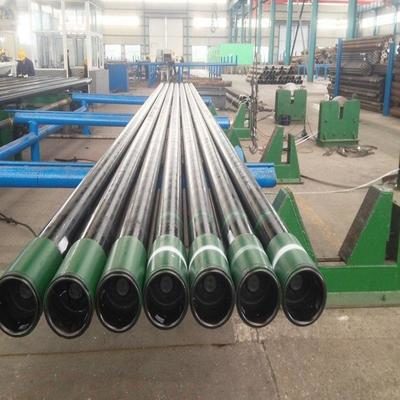Table of Contents
فوائد الدرفلة على البارد مقابل الدرفلة على الساخن
الدرفلة على البارد والدرفلة على الساخن هما طريقتان شائعتان تستخدمان في إنتاج الفولاذ وألواح الفولاذ الكربوني وألواح الفولاذ. كلتا العمليتين لهما مزايا وعيوب خاصة بهما، ولكن في هذه المقالة، سنركز على فوائد الدرفلة على البارد مقارنة بالدرفلة على الساخن.
https://www.youtube.com/watch?v=yRqVb0LdTVk
ميزة أخرى للفولاذ المدلفن على البارد هي قوته وصلابته المحسنة. تعمل عملية الدرفلة على البارد على تقوية الفولاذ، مما يجعله أقوى وأكثر متانة من الفولاذ المدرفل على الساخن. هذه القوة المتزايدة تجعل الفولاذ المدرفل على البارد خيارًا مفضلاً للتطبيقات التي تتطلب قوة شد عالية، كما هو الحال في صناعة البناء أو لإنتاج الآلات الثقيلة.
علاوة على ذلك، يُعرف الفولاذ المدرفل على البارد أيضًا بتسطيح سطحه الفائق و استقامة. تساعد عملية الدرفلة على البارد على التخلص من أي ضغوط متبقية في الفولاذ، مما ينتج عنه منتج مسطح ومستقيم وخالي من الاعوجاج أو التشويه. وهذا يجعل الفولاذ المدرفل على البارد أسهل في العمل وأكثر ملاءمة للتطبيقات التي تتطلب تسطيحًا دقيقًا، كما هو الحال في تصنيع الأجهزة أو أدوات المطبخ.
بالإضافة إلى هذه الفوائد، يوفر الفولاذ المدلفن على البارد أيضًا جودة سطح محسنة وأبعاد أفضل التحكم مقارنة بالفولاذ المدلفن على الساخن. تنتج عملية الدرفلة على البارد سطحًا أنظف وأكثر تجانسًا، مع وجود عيوب وعيوب أقل من الفولاذ المدرفل على الساخن. وهذا يجعل الفولاذ المدرفل على البارد خيارًا مفضلاً للتطبيقات التي تتطلب تشطيبًا عالي الجودة، كما هو الحال في إنتاج السلع الاستهلاكية أو العناصر الزخرفية.
بشكل عام، يوفر الفولاذ المدرفل على البارد عددًا من المزايا مقارنة بالدرفلة على الساخن، بما في ذلك السطح المحسن. التشطيب، والتفاوتات الأكثر إحكاما، وزيادة القوة والصلابة، والتسطيح والاستقامة الفائقة، وجودة السطح الأفضل. هذه الفوائد تجعل الفولاذ المدلفن على البارد خيارًا شائعًا لمجموعة واسعة من التطبيقات، بدءًا من السيارات والبناء وحتى الإلكترونيات والأجهزة. سواء كنت تبحث عن تشطيب عالي الجودة، أو أبعاد دقيقة، أو قوة فائقة، فإن الفولاذ المدلفن على البارد يعد خيارًا متعدد الاستخدامات وموثوقًا يمكنه تلبية احتياجاتك.

Another benefit of cold rolling steel is its improved strength and hardness. The cold rolling process work-hardens the steel, making it stronger and more durable than hot-rolled steel. This increased strength makes cold-rolled steel a preferred choice for applications that require high tensile strength, such as in the construction industry or for the production of heavy machinery.
Furthermore, cold-rolled steel is also known for its superior surface flatness and straightness. The cold rolling process helps to eliminate any residual stresses in the steel, resulting in a flat and straight product that is free from warping or distortion. This makes cold-rolled steel easier to work with and more suitable for applications that require precise flatness, such as in the manufacturing of appliances or kitchenware.
In addition to these benefits, cold-rolled steel also offers improved surface quality and better dimensional control compared to hot-rolled steel. The cold rolling process produces a cleaner and more uniform surface, with fewer defects and imperfections than hot-rolled steel. This makes cold-rolled steel a preferred choice for applications that require a high-quality finish, such as in the production of consumer goods or decorative items.
Overall, cold rolling steel offers a number of advantages over hot rolling, including improved surface finish, tighter tolerances, increased strength and hardness, superior flatness and straightness, and better surface quality. These benefits make cold-rolled steel a popular choice for a wide range of applications, from automotive and construction to electronics and appliances. Whether you are looking for a high-quality finish, precise dimensions, or superior strength, cold-rolled steel is a versatile and reliable option that can meet your needs.
